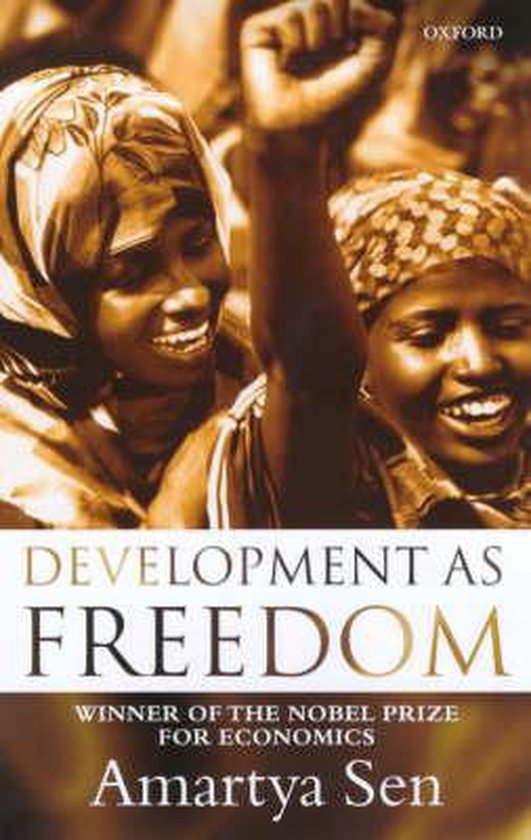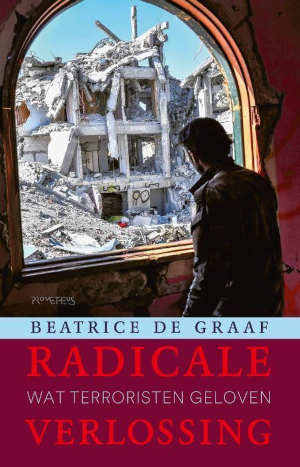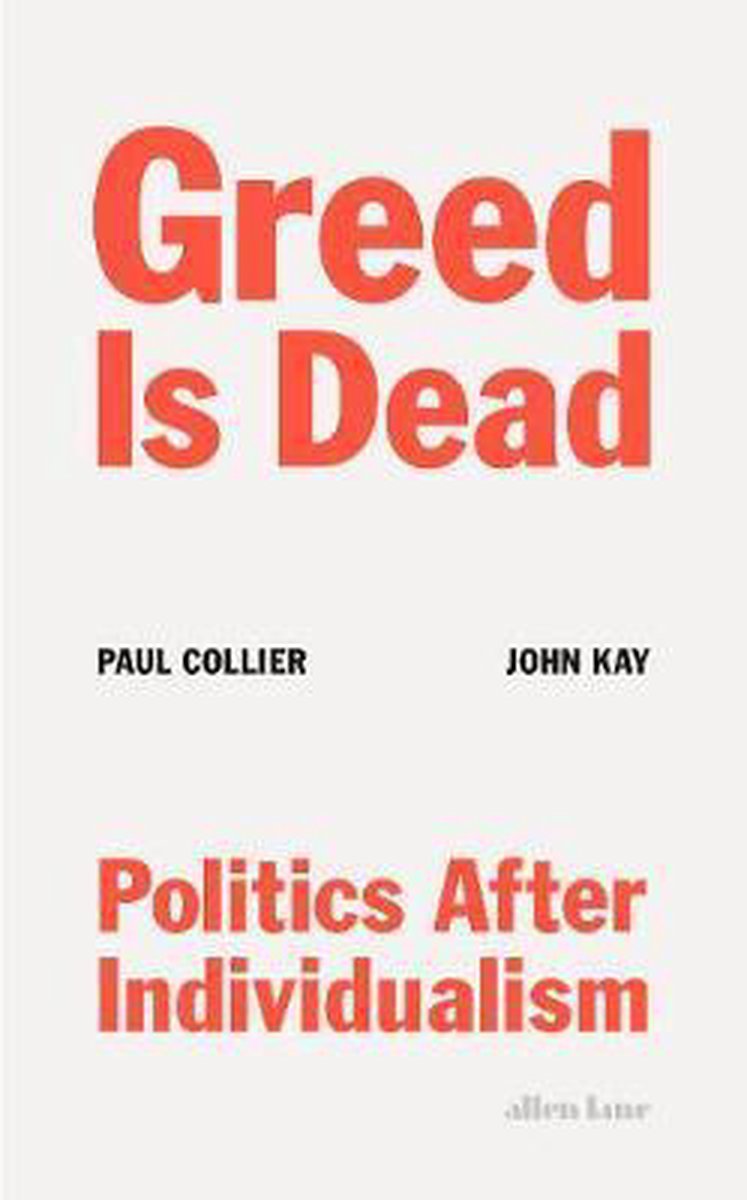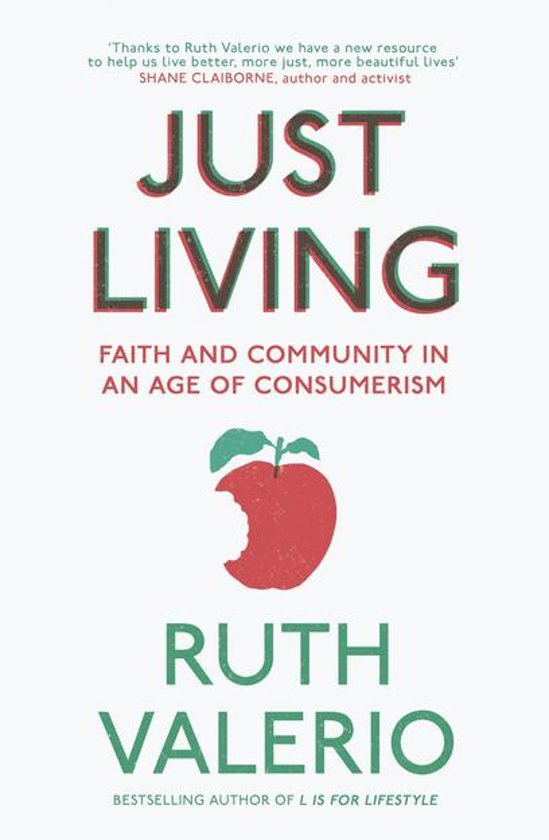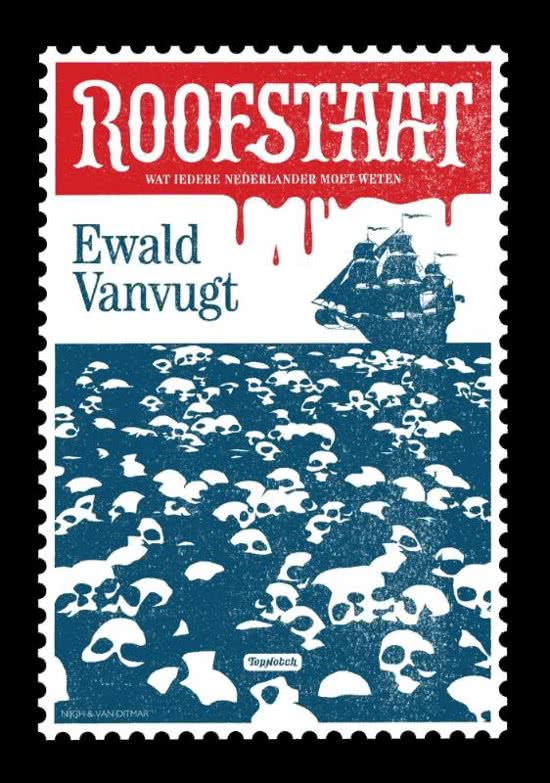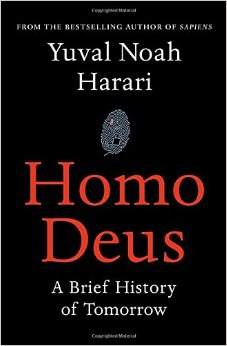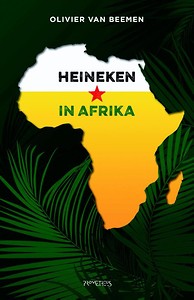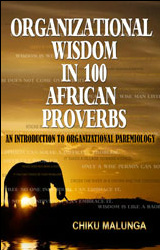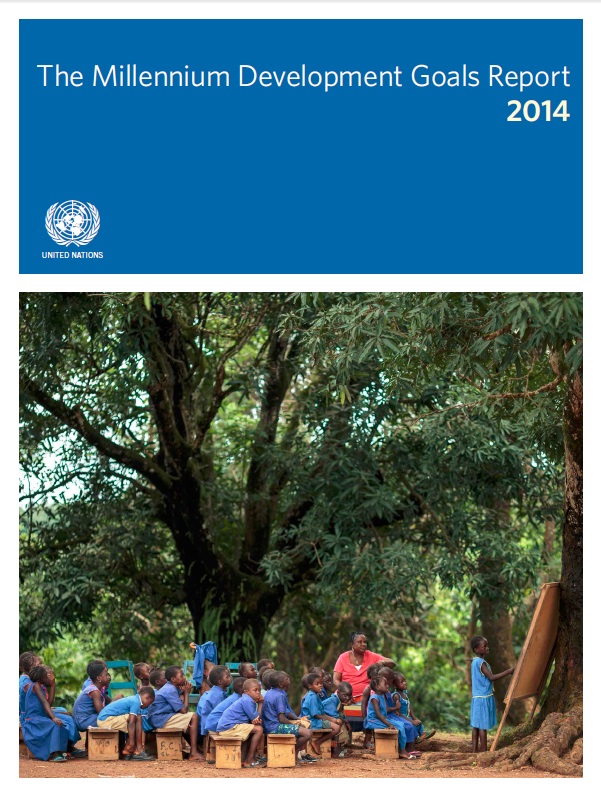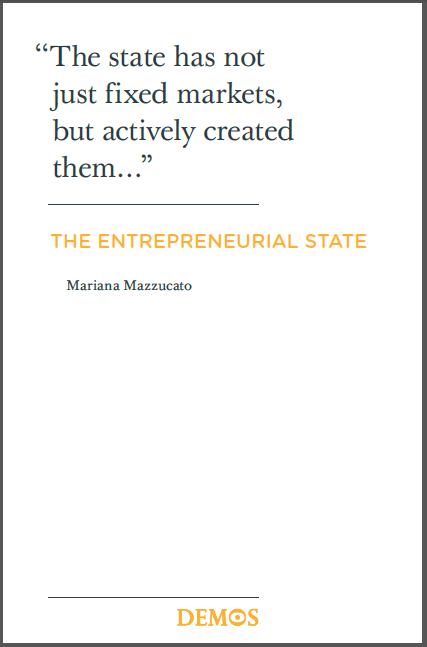|
The world is full of transitions from better to worse or the other way around. A lot of transitions take place as a result of numerous interactions. These interactions usually take place between two entities. In the global development arena for the last fifty years as far as governments are concerned these interactions were categorized in bilateral and multilateral cooperation. In the last few decades South-South cooperation has been added to the vocabulary and it is even widely practiced amongst nations in 'The South'. In working with 'Western' or 'Northern' countries this cooperation is often known as triangular cooperation by organizations like the World Bank, OECD and IFAD to name a few. The dominance of a donor country mostly represented by a state party as well as the presence of a 'beneficiary' country has still survived in this way of thinking. High time to re-define triangular cooperation.
Level playing field Effective cooperation has a level playing field if and only if there is give and take by each actor. What helps in the exchange is when countries are equally endowed with resources. However, these resources could also vary as long as there is exchange in similar magnitude within a context of mutual respect. In situation of development cooperation this exchange often takes place at the personal level. Most development professionals bear witness to this exchange and have gained a lot in terms of individual learning and lasting cross-cultural friendships. However, at the formal level between countries this exchange is mostly reduced to some purchasing procedures, which often was ill-received as tied aid and countries were accused of pursuing their own interest in development cooperation. Only till a few years ago as a result of collapsing capital markets the tide turned at the side of Western countries. Suddenly it was agreeable to engage in development cooperation with self-interest. To connect aid to trade. To focus on the supply side (what do we have on offer) rather than on the demand side (what is needed). Also state parties from developing countries appreciated this approach in a context of a proliferation of development actors both public and private which had flooded their countries. Regional integration Another development which has influenced the development relationship has been the regional economic integration agenda's both in western and non-western societies (if you could still use this distinction). Sub-regional bodies became more influential and regional development policies and programs started to pop-up with funding agencies as well as implementing agencies. Unconsciously this development may have been much welcomed by bilateral parties who found themselves increasingly entrenched in positions where the other party could no longer be influenced in any direction. Regional approaches could provide the alternative to failing bilateral support programs to build local institutions. Donors as well as recipient countries are grouping at the regional level that offers a neutral space where no single jurisdiction dictates the rules of the game. Multi-stakeholder approaches flourish widely and plenty of platforms and forums got erected to discuss difficult dilemma's to which no solutions could be formulated at the national level. Triangularity However, the multitude of parties involved cause these processes to be very complicated and new bureaucratic structures may be designed to deal effectively with vested interests and politics that will inevitably become part of the game. To encourage meaningful participation in such programs, countries may find themselves ways to square their interest with at least two other parties. This will do away with un-healthy dependencies or tit-for-tat approaches as a third party will be able to neutralize some of the ambivalent relationships, allowing for triangulation as well as third party consultation if not mediation. Triangles are by default strong structures as long as all three nodes keep sufficient distance to each other. The moment two nodes become too close the triangle evolves into a bilateral structure where another third party needs to be invited to rebuild confidence and trust between all parties and open-up new space for cooperation and collaboration. Peer-2-peer It is dangerous to start constructing an ideal world where the whole world consists of triangles holding the global together. As dynamic as relationships are also models cease to exist the moment they try to instill eternity on a temporary situation. Hence, models themselves should allow for some ambiguity, and situations that cannot be explained by it. Nonetheless they may help analyse some of the systemic problems we are facing and identify alternatives for current modes of cooperation. Bringing the model a little further you could think of peer-2-peer relationships between three countries ensuring exchange of perspectives on some of the wicket problems the world is phasing (see the figure below). It could help in protecting what some refer to as 'the global commons' or global public goods. As long as this thought experiment contributes to that I am a happy man. Approximately a year ago I started another thought experiment which I called 'project South-East'. From the realization that the East (Asia and the Middle-East) is connecting itself very rapidly to the South (Africa) a solution for 'the West' may be to include this relationship in the equation and no longer approach development cooperation from a bilateral angle with traditional donor-recipient relationships. We are all donors and we are all recipients to some extent. The only thing is we may not have realised. Starting April 1, I will leave my highly satisfying teaching position at VHL to join EP-Nuffic, the organization for internationalization of Dutch education. I hope to start a two-year journey as Regional Liaison Officer for Southern and East Africa, working on innovation in the field of capacity development. If I manage to stay connected to the Netherlands I hope to witness and even support fruitful triangular cooperation that will help companies and organizations address their capacity challenges and contribute to more effective collaboration across boundaries. Comments are closed.
|
About meMy name is Reinier van Hoffen. U®Reading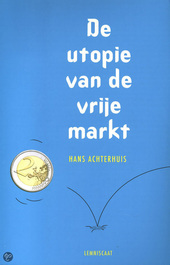
Click here for a summary.
Also find the text of a lecture Dr. Achterhuis held at the 2012 Bilderberg conference. Archives
August 2022
|
AddressNachtegaallaan 26
Ede, the Netherlands |
Telephone+31 (0)6 1429 1569
|
info@uraide.nl
|
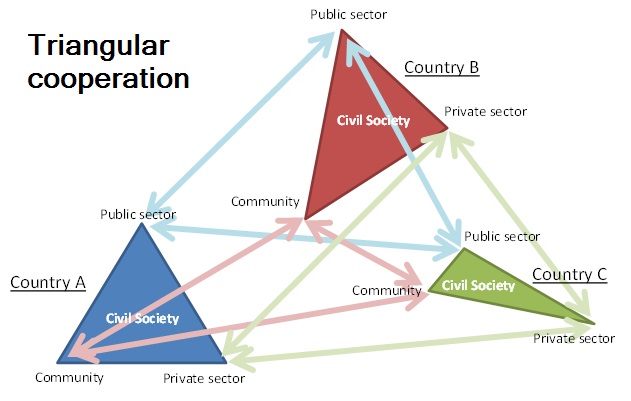
 RSS Feed
RSS Feed

